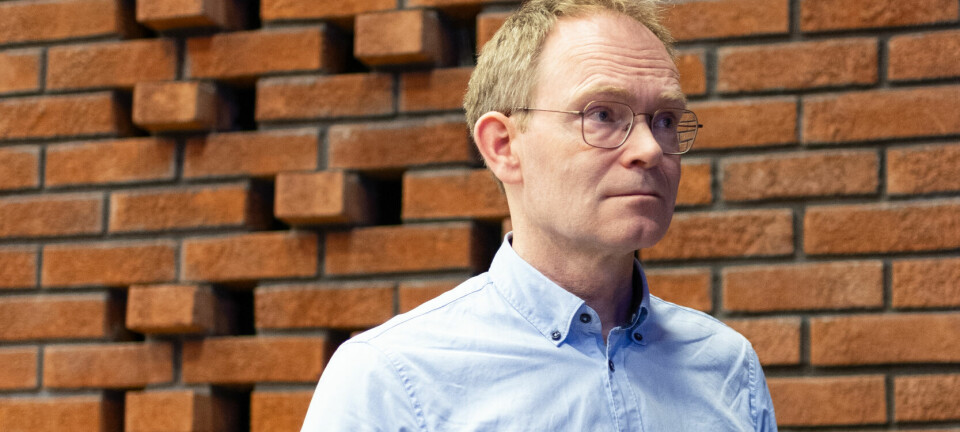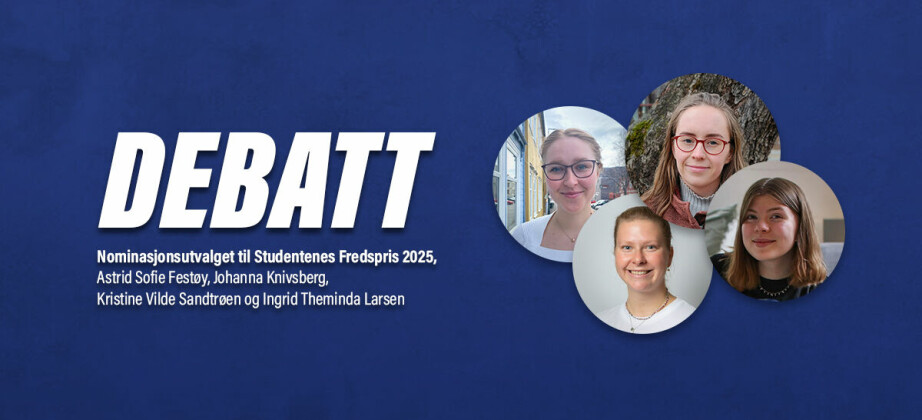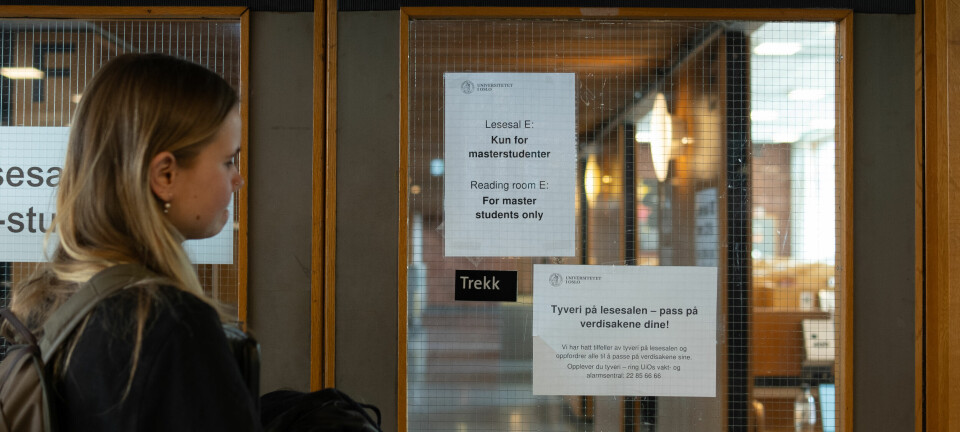More women in technology
2009 seems to be a record-breaking year concerning to gender balance in the technology department. 35 per cent of the doctor’s degrees taken were conferred to women.
– This is a very gratifying development in the fight for equal rights, says Linda Rustad, senior consultant for the Committee for Mainstreaming – Women in Science (WIS). The newest numbers from the Doctor’s Degree Register show that the number of women with a PhD in technology subjects now is 35 per cent, making it higher than ever within this specific field.
– Girls have rarely been encouraged to consider scientific subjects as possible careers. So this is really good, says Rustad.
On the road to recovery
She is supported by university vice-president at the University of Oslo Inga Bostad. She thinks the development is a golden opportunity for the recruiting of more women in professor positions.
– It’s good news that girls are finally guided and stimulated to take doctor’s degrees in subjects usually dominated by men. More financial resources have to be used to make people see that women should get the top positions, and people need to work on their attitudes, cultural changes and work environment, she says.
Still a long ways to go
Despite the fact that women are responsible for 47 per cent of the total amount of doctor’s degrees taken, only 19 per cent of professors on a national scale are female. The University of Oslo ups statistics with a female quota of 23 per cent women among professors.
– I’m sure this will even out in the future. Highly competent women are on the way up, and it’s essential that they get employed on the professor level. The fact that more women get technological educations is a good development, but still the differences are way too big, says the president of The Norwegian Association of Researchers Bjarne Hodne.
Linda Rustad says that the current situation confirms that there are very many competent women who can fill the positions by the universities, but that the uneven number between men and women will not even out by itself.
– If that had been the case more women would be professors already. The biggest challenge in this context isn’t the transition from a master’s degree to a doctor’s degree, but what happens after that.
Rustad thinks that a larger number of permanent positions in academia would contribute to increase the number of women in professor positions.
Axel M. K. Hærland • Translated by Ingrid F. Brubaker
































